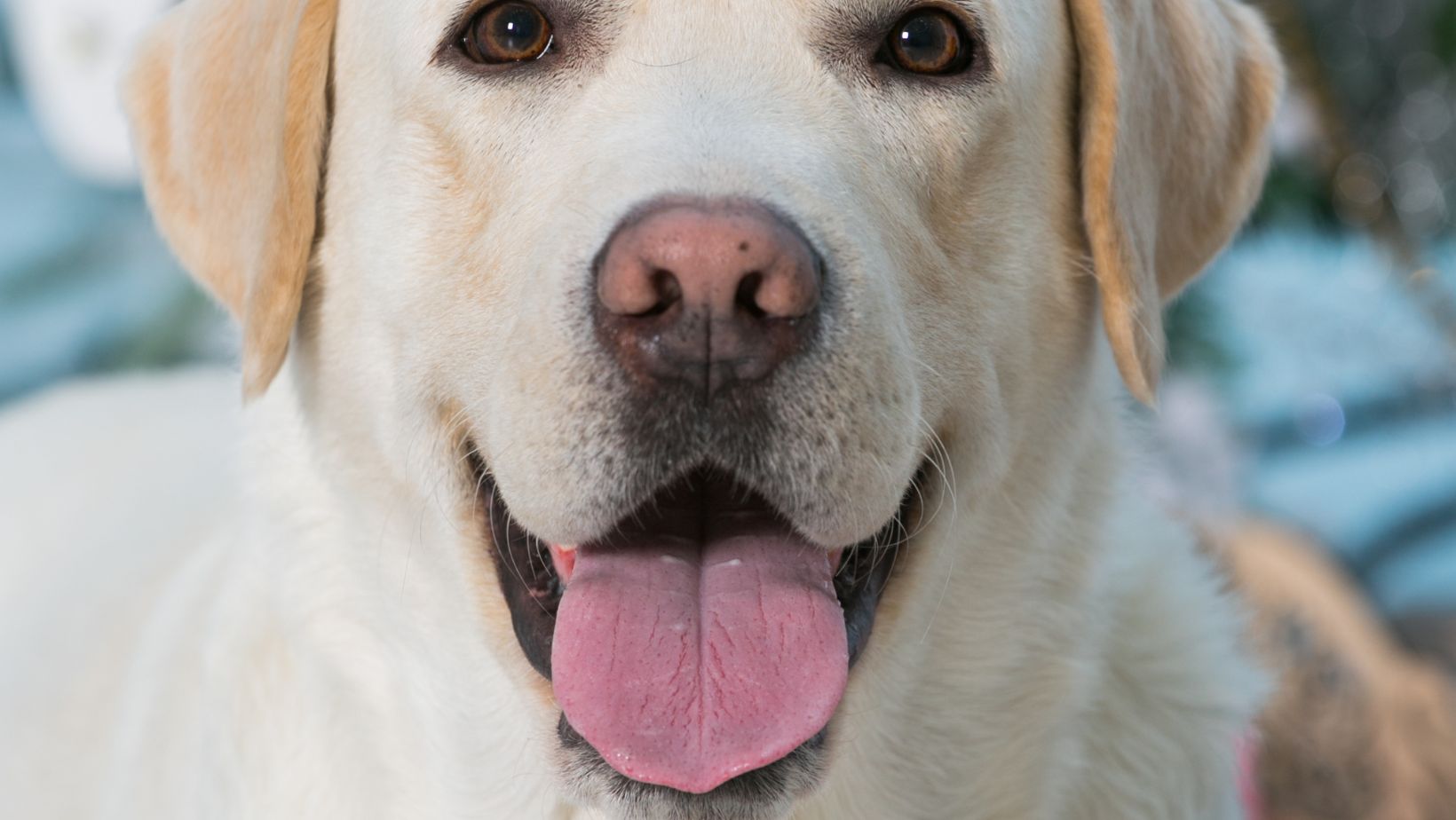How to Train an Aggressive Dog with Other Dogs
Training an aggressive dog to coexist peacefully with other dogs can be a challenging task. Labradors, known for their friendly and sociable nature, are not exempt from displaying aggressive behavior. In this article, I’ll provide some valuable insights on how to train an aggressive Labrador to interact positively with other dogs.
Identifying aggressive behavior in Labradors is the first step towards addressing the issue. Signs of aggression may include growling, snarling, lunging, snapping, or biting when in the presence of other dogs. It’s important to differentiate between fear-based aggression and dominance-based aggression as the training methods may vary.
To start training your Labrador to overcome their aggressive tendencies, it’s crucial to create controlled and structured interactions with other dogs. Begin by introducing your dog to calm and well-behaved canine companions in a neutral environment. Keep both dogs on leashes initially for better control.
Gradually increase the exposure and duration of these interactions while closely monitoring your dog’s behavior. Reward positive behaviors such as calmness and appropriate socialization with treats or praise. Consistency and patience are key during this process.
In conclusion, understanding how to train an aggressive Labrador with other dogs requires careful observation of their behavior and implementing structured interactions. With proper training techniques and consistent effort, you can help your Labrador develop healthier social skills and reduce their aggressive tendencies over time.
Understanding Aggressive Behavior in Labradors
When it comes to understanding aggressive behavior in Labradors, it’s crucial to delve into the underlying factors that contribute to such behavior. While aggression can be a challenging issue to address, gaining insight into the reasons behind it is a vital first step in effectively training an aggressive dog with other dogs.
- Nature vs. Nurture: Labradors are generally known for their friendly and sociable nature. However, like any other breed, individual Labradors can display varying levels of aggression. It’s essential to recognize that both genetic predisposition and environmental factors play a role in shaping a dog’s behavior.
- Fear and Anxiety: One common cause of aggression in Labradors is fear or anxiety. Dogs may become aggressive when they feel threatened or are exposed to unfamiliar situations or stimuli. Understanding your Labrador’s triggers and providing gradual exposure and positive reinforcement can help alleviate these fears over time.
- Resource Guarding: Resource guarding refers to a dog’s instinctual behavior of protecting valuable resources such as food, toys, or space from perceived threats. Some Labradors may exhibit aggression when others approach their possessions, leading to potential conflicts with other dogs during shared activities.
- Lack of Socialization: Insufficient socialization during the critical developmental stages of a Labrador’s life can contribute to aggressive tendencies towards other dogs later on. Properly exposing your Labrador puppy to various environments, people, and animals at an early age helps them develop healthy social skills and reduces the likelihood of future aggression issues.
- Health Issues: It’s crucial not to overlook potential health-related causes for aggression in Labradors. Pain or discomfort due to medical conditions can manifest as aggression towards other dogs or humans as a defensive response. Consulting with a veterinarian is essential for ruling out any physical ailments contributing to aggressive behavior.
Remember that addressing aggressive behavior requires patience, consistency, and professional guidance if needed. A certified dog trainer or behaviorist can provide tailored strategies and techniques to help you train your aggressive Labrador to coexist peacefully with other dogs.
By understanding the underlying factors that contribute to aggression in Labradors, you can take proactive steps towards training an aggressive dog with other dogs effectively.

Recognizing the Triggers of Aggression
When it comes to training an aggressive dog, one of the most crucial steps is identifying the triggers that provoke their aggressive behavior. By understanding what causes your Labrador to become aggressive, you can take appropriate measures to address and manage their behavior effectively. Here are some key points to consider when recognizing the triggers of aggression in Labradors:
- Body Language: Pay close attention to your dog’s body language as it can provide valuable insight into their emotional state. Signs of agitation or fear include raised fur, tense posture, growling, bared teeth, and a stiff tail. Recognizing these physical cues will help you identify potential triggers.
- Territoriality: Dogs are naturally territorial creatures, and this can be a common trigger for aggression. If your Labrador becomes defensive or possessive over certain spaces (such as their food bowl or favorite resting spot), it’s important to address this behavior early on.
- Fear and Anxiety: Like humans, dogs can experience fear and anxiety in certain situations. Loud noises, unfamiliar environments, or even meeting new people or dogs can cause them distress and trigger aggressive tendencies.
- Resource Guarding: Some Labradors may exhibit aggression when they feel threatened or challenged over resources such as food, toys, or attention from their owners. This territorial behavior should be addressed through proper training techniques.
- Lack of Socialization: Insufficient socialization during puppyhood can contribute to aggressive behavior later in life. If your Labrador hasn’t had positive experiences with other dogs or humans at an early age, they may react aggressively when faced with unfamiliar situations.